- Sep 28, 2021
How to Drift Bait for Stream Trout
Casting natural offerings to drift in the current is a highly effective way to catch trout. Learn the tricks to this time-proven approach.
Trout fishing has its share of stereotypes, with one being that trout fishing always means fly-fishing. Another is that trout fishing with bait only means sitting beside a heavily stocked lake or a big pool with bait on the bottom to collect trout for a stringer.
While that certainly is a popular way to catch trout and a fine way to spend a day, anglers who prefer to work streams more actively – moving, casting and making active presentations – should not overlook the virtue of using natural offerings. Drifting bait is a fun and highly effective way to tap into outstanding action in a trout stream.
Drifting a bait allows you to work a section of stream to find and pattern trout and to use the current to your advantage and make natural presentations. We’ll look at a few different drifting approaches and how to make the most of each. It’s worth noting, by the way, that we’re not talking about drifting in a boat and bouncing a bait along the bottom (also a good strategy). We’re talking about walking up a stream, casting baits and making repeated drifting presentations.
Bait Options
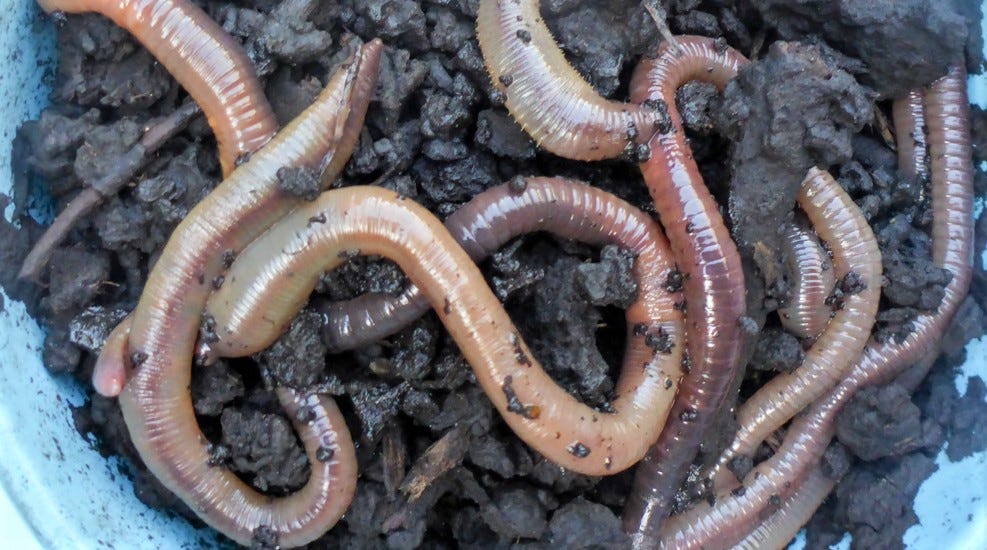

Arguably the best bait for trout drifting is the most classic fish bait of all: a simple earthworm. Worms wiggle and have an irresistible scent, and they are natural forage in many streams anytime heavy rains scour the banks. Small worms, like wigglers, work best, but it’s easy to pinch off a couple of inches of worm if you can only find night crawlers.
One of the best things about worms as bait is their availability. Chances are good that you can turn over a dirt in your yard, a nearby woodlot or even where you plan to fish and find plenty of worms for a day of trout fishing. If not, virtually all bait shops carry worms, as do many convenient stores and even some larger retailers’ sporting good sections.
Crickets also work great for trout and are largely overlooked for this application. However, cricket availability tends to dwindle as fall progresses. Mealworms and maggots also work well, if you can get them, and are especially good for tipping a small jig.
Straying from live offerings, other good bait options include commercially produced trout paste or pellets, salmon eggs, corn and cheese. Some states have restrictions related to human food, such as corn, so check state regulations before baiting up with these.
Bait Rigging
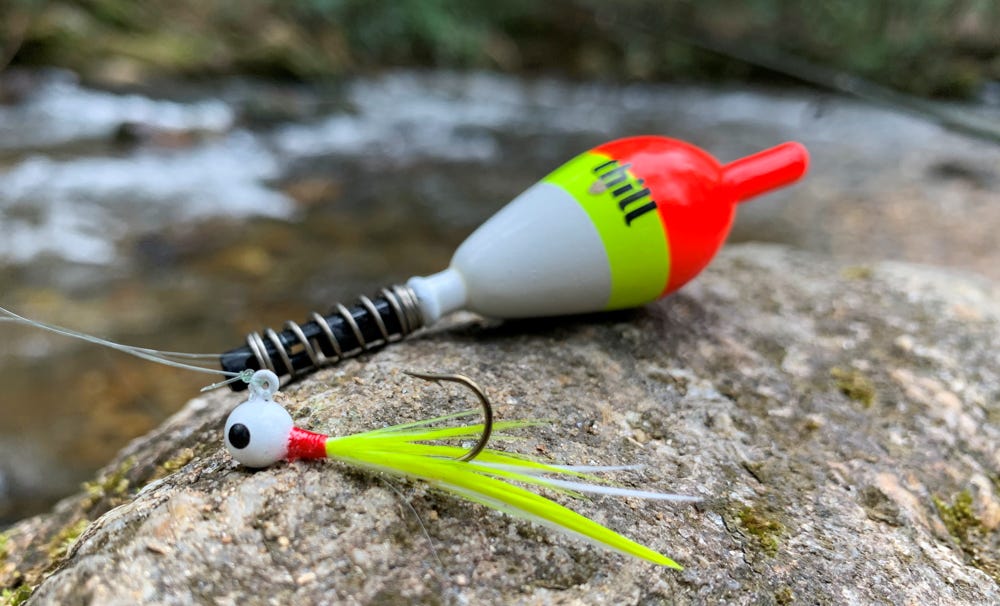

The best rigging for bait drifting depends on stream depth, the amount of current and where most fish seem to be holding in the water column. Angler experience can also factor.
My favorite option for most stream settings is to rig a worm on a small jig, such as a 1/16- or 1/32-ounce Lindy Little Nipper or a Bobby Garland Baby Shad on a 1/16 or 1/24-ounce Crappie Pro Mo’ Glo Jighead, usually just hooking the worm once, near the middle, to maximize wiggle as the jig drifts through the zone.
Without a float you must control the drift, using line tightness and rod angle to control the depth of the jig as it drifts, but not intentionally adding action with the rod. I mostly keep a jig close to the bottom, but the small size of such an offering makes it possible to drift through shallow runs without snagging or even to keep the line tight and rod high to drift the bait higher in the water column when that’s where fish are holding.
An alternative rig that makes a live worm’s action flutterier and most baits more natural but loses the attraction of the little Nipper skirt or Baby Shad body, is to simplify the rig to a No. 8 or 10 long-shank hook and a couple of split shot a foot or so above them on the line.
If the bottom depth is fairly consistent or most trout are suspended or at least moving up to feed, adding a float to the line makes casting and drifting much easier for less experienced anglers. The float adds casting weight, eliminates need to control the jig’s depth to minimize snagging, and makes strikes more obvious. It also adds that classic fun element of getting to watch the float dart out of sight.
A small oval balsa float, like a Thill America’s Favorite Oval Shorty (3/4-inch), is ideal for drifting in moving water and suspending a small jig or a split shot rig and bait. The smallest Thill Crappie Cork is also good option. If you plan to present bait less than about 3 feet deep, a spring-style float is simple to add and remove, as needed. If you need to work deeper, a slip bobber (Slip Bobber Rigging) is notably easier to cast.
The Approach
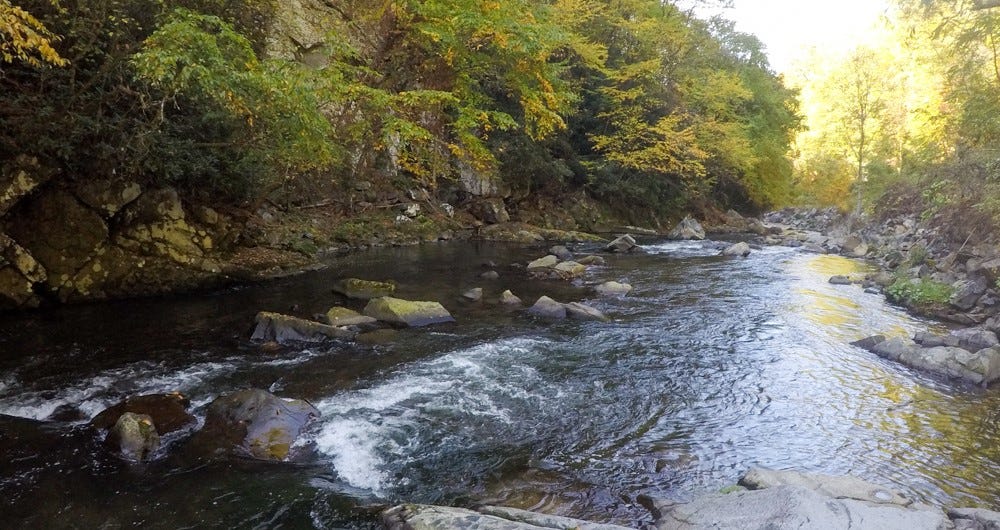

Whatever the specific rig, the basic approach is the same. Wade upstream or walk along the stream edges, cast upstream, and let the offering drift back in the current, reeling in slack as the rig drifts and controlling depth with line tightness and rod angle if no float is used. Typically, you don’t need to add action. Just keep the line semi-tight and let the current deliver your offering naturally.
Watch the float or the line constantly and set the hook quickly any time the line jumps or moves unusually or the float’s motion suddenly changes. Note that a float won’t always dart under. Trout often take bait lightly, and they’ll let go if anything seems wrong. You’ll frequently set the hook on nothing with quick hooksets, but that’s OK. It beats missing strikes because you weren’t sure or deep hooking fish because they had time to swallow the bait.
Keys to effective bait drifting are water reading and patterning. Look for seams between faster and slower currents, edges of eddies, riffles that reveal underwater boulders or brush… anything that gives the trout an ambush point and is near a current that will carry food. You’ll generally catch more trout by keeping your offering close to the bottom. Experiment, though, and pay attention where trout are in the water column and relative to cover or current lines, when you do get bites.
Watch also for rises, fish you might spook, fish following your bait and trout just holding in the current. Because trout streams tend to run clear, if you move with stealth and watch carefully, you can learn a lot about what the trout are doing.
Also try different types of stream areas: heads of pools; tails of pools; shallow shoals; outside bends; pocket water… One of the best things about a trout stream is that types of areas tend to repeat themselves, so if you can figure out where the most trout are holding, you can skip past the sections that are holding fewer active fish.
Bait Drifting Gear
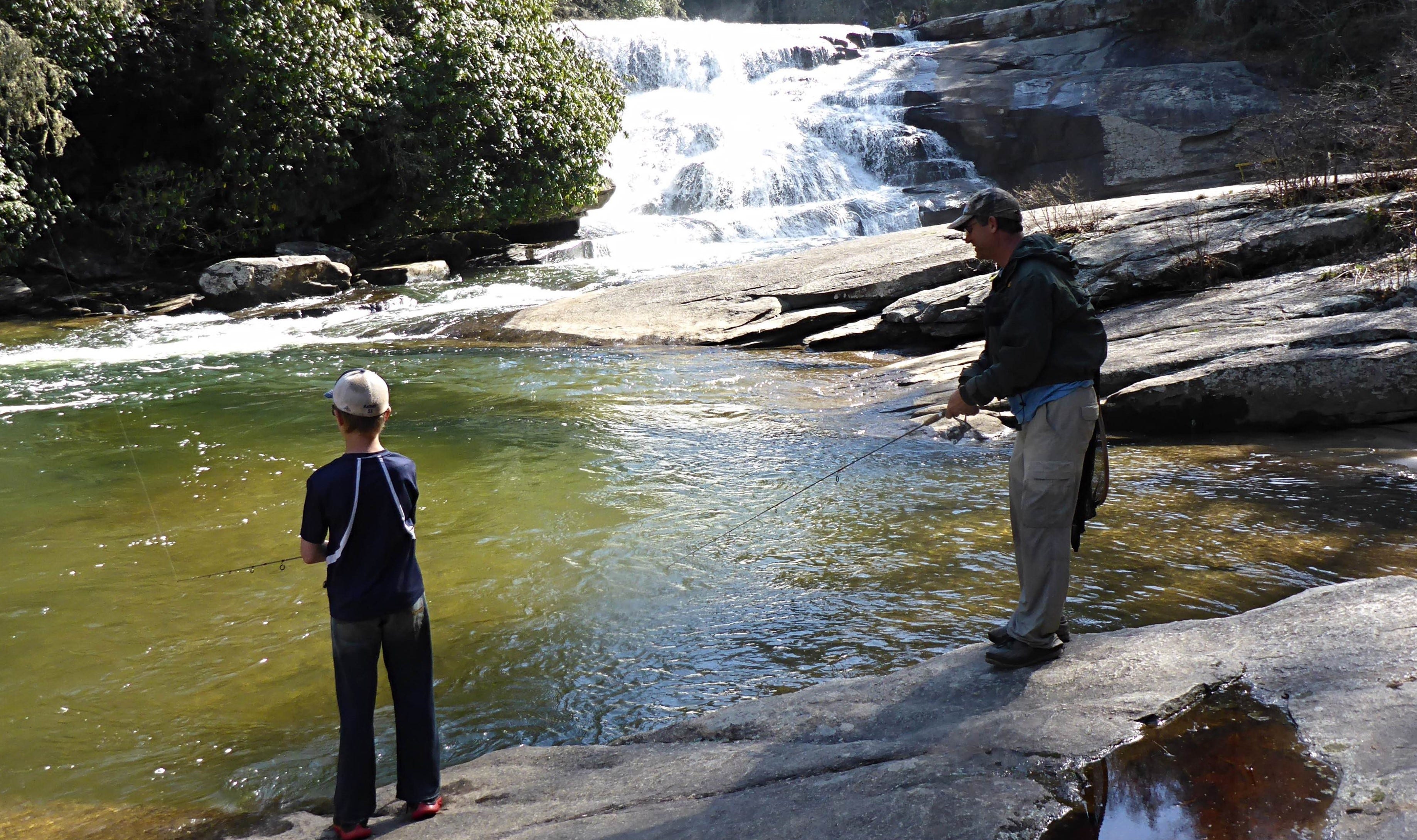

This approach generally lends itself best to light or even ultralight gear, with 4- or 6-pound test line. Light tackle allows you to go lighter with jigs and or split shot weight, which equates to more natural presentations, while still allowing for sufficiently long and accurate casts.
Either spinning or spincasting gear works. Spinning offers a bit more control to experienced anglers, but the simple functionality of an ultralight spincasting outfit gives a less experienced angler one less thing to have to think about.
Rod length is largely a matter of personal preference. I like a 6- to 7-foot fast-action ultralight rod for making accurate casts with tiny jigs and no float. With a float, the cast is more of a lob, so a moderate speed rod works just as well.
The only other “gear” that’s different for this style of fishing than for other stream approaches is a bait container. Lots of things will work. Just make sure you have something you can stick in vest or shirt pocket or clip to your belt or vest, as opposed to a container you have to set down to cast. For wade-fishing, especially, there isn’t always a place to set anything!
Trout Locations, by Species
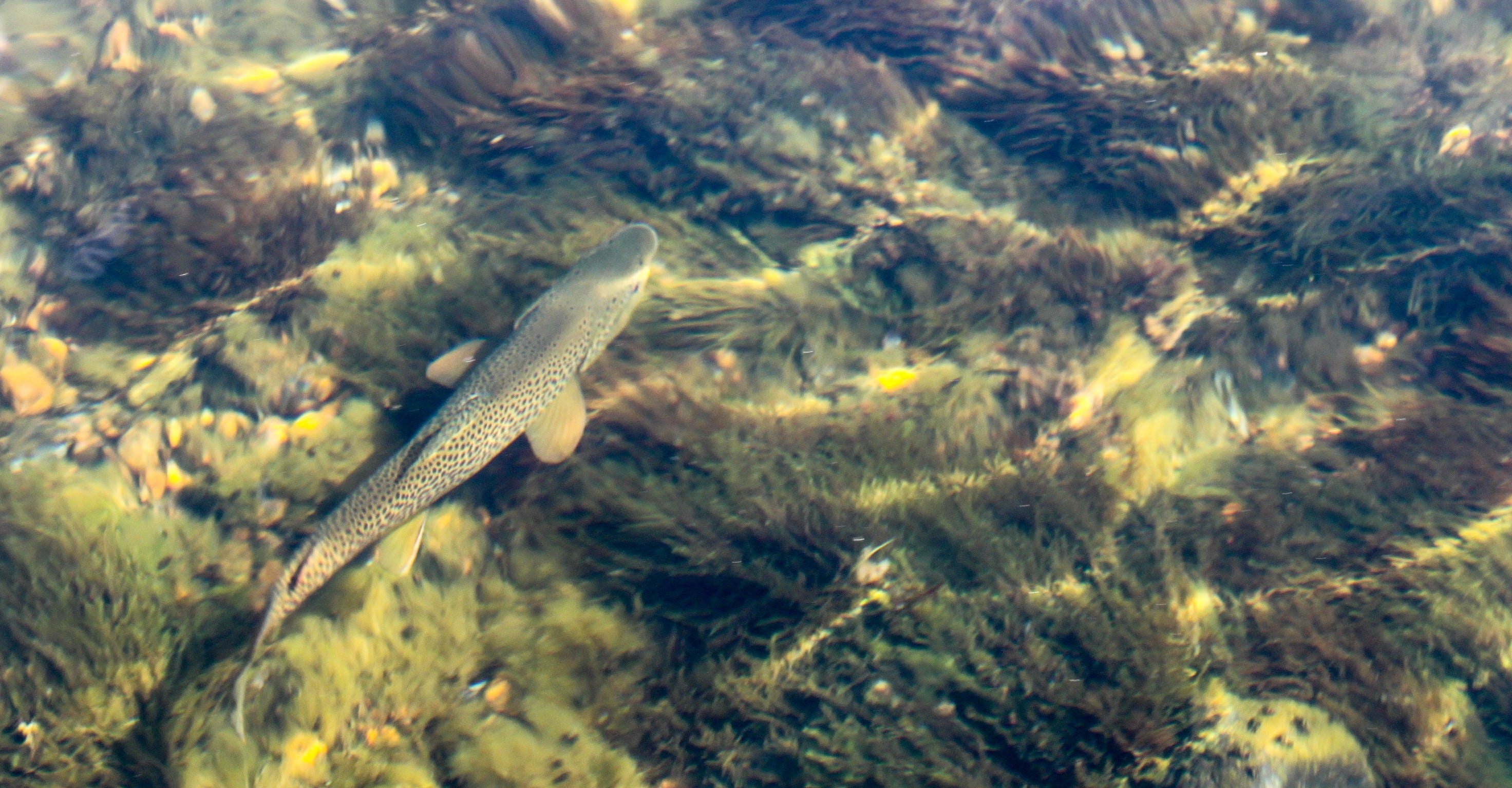

- Brown Trout – Browns like a hard break from the current, shade, plenty of cover and a bit more depth, but with current sweeping past. Undercut banks, downed trees and gaps between boulders are prime brown trout areas. Larger brown trout, especially, lurk in the hardest spots to fish effectively.
- Rainbow Trout – Rainbows favor more current and often will be atop shoals or gravel bars or in the swifter water at the heads and tails of deeper runs. They commonly group up and will give themselves away by feeding on insects on the surface
- Brook Trout – Brookies hold in pockets of all sizes. Remember that no pocket is too small or shallow for brook trout as you pick spots to cast to and as you wade. If a stream holds a significant brook trout population, you’ll spook a lot of catchable fish if you wade through stuff that doesn’t look like much without casting there first.
More on Catching Trout
Stream Trout Lures You Should Not Overlook
Five Must-Have Trout Lures for Any Season
Small-Water – Craw Baits and Winter Trout



